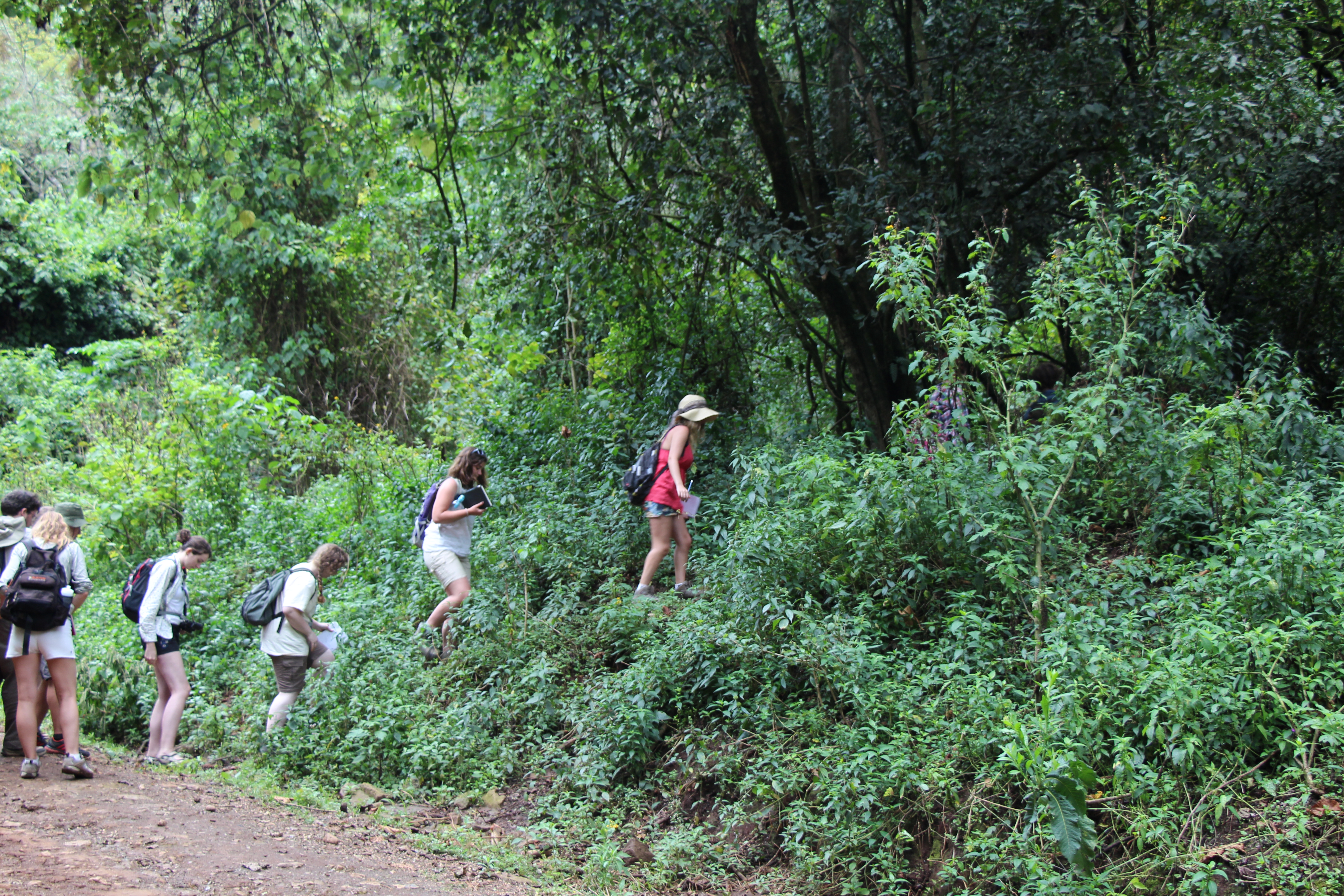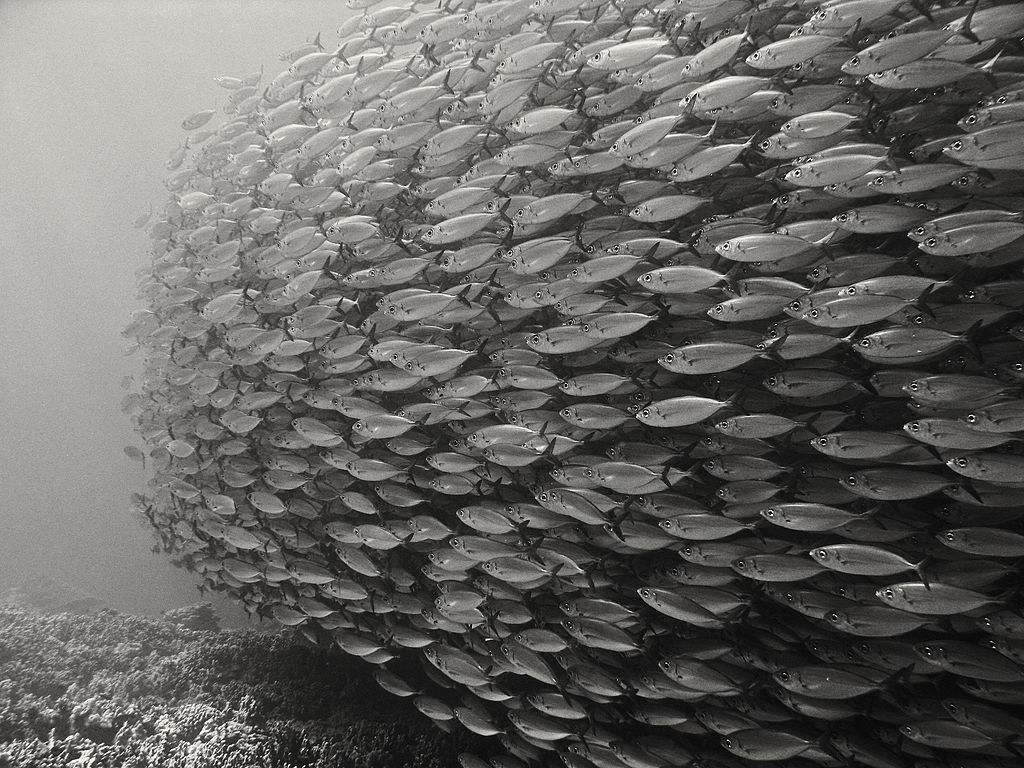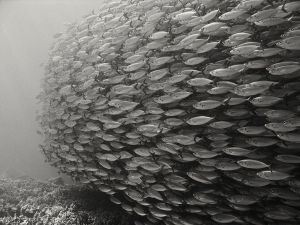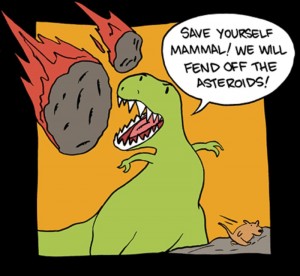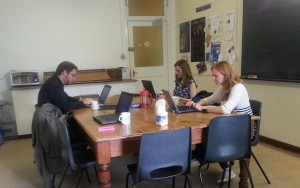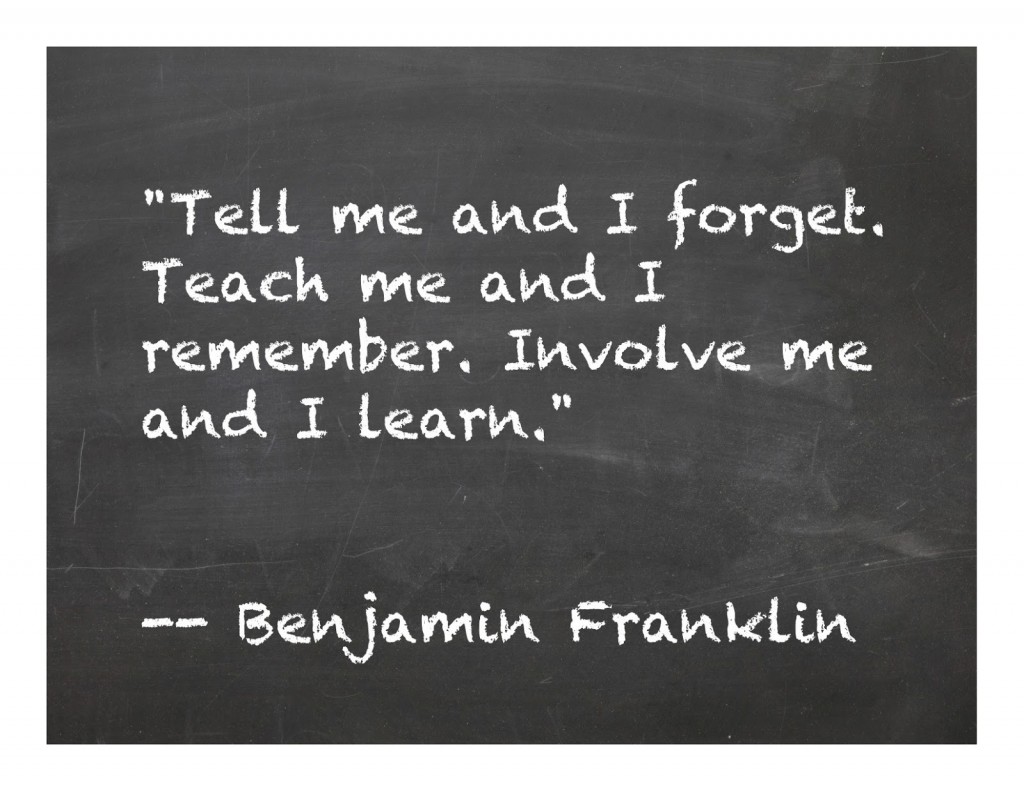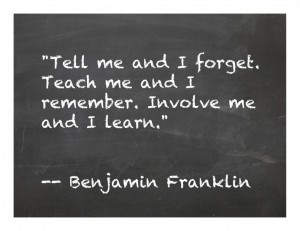 Moderation is the art of “avoidance of extremes in one’s actions, beliefs, or habits”, according to dictionaries. In academic meetings chances are to find a colorful mix of extremes ranging from big mouths to shy introverts, and making everyone’s voice heard can be quite challenging. In worst-case scenarios, even hearing one’s own voice can become problematic.
Moderation is the art of “avoidance of extremes in one’s actions, beliefs, or habits”, according to dictionaries. In academic meetings chances are to find a colorful mix of extremes ranging from big mouths to shy introverts, and making everyone’s voice heard can be quite challenging. In worst-case scenarios, even hearing one’s own voice can become problematic.
In order to make a group discussion productive, smooth and -why not? – fun, participants designate or invite a moderator to fill in the conductor’s role. He or she will have excellent people skills and professional knowledge, will know how to puck the right strings and will seek to achieve group consensus in the most timely and efficient manner. One step ahead of everyone in the group, the moderator will be able to lead the discussion to fertile grounds where every participant is given the opportunity to produce its best.
But there is something more about moderation. A group discussion also resembles a cogwheel: each piece, big and small, make the big machine move. The interesting part however is never the individual piece, no matter how big or small (mouth he or she is), but the whole machine: the final, shiny product ready to roll. These are group synergies produced by the group’s dynamic, which are the most important outcomes of an academic gathering. The essence of moderation therefore revolves around catching and following the group dynamic.
Importantly, just like a good conductor, the moderator should never try playing and conducting in the same time. Even saying it sounds confusing. The moderator has a far more important active job to do than playing. At the end of the meeting, there are one, two or three work objectives that have to be successfully, and thoroughly, met.
Scary as it may sound at first, you might have already pictured yourself in the moderator’s shoes. Question is: are you a natural born moderator? Maybe you already know the answer is yes. Alternatively, perhaps you just need a little more practice, like I do. You don’t know the moderator hiding in yourself until you haven’t tried it.
My supervisor asked me to moderate an Ignite Session discussion at the Ecology Society of America 2014 meeting in California. Cautiously, she also suggested I should practice before, by moderating a group discussion about … moderation at a NERD club meeting at TCD. We gathered our ideas about what lies behind a successful moderation and what defines a successful moderator. I listed our thoughts in a cheat sheet below, where I contrast do’s and do not’s of moderation. Having it at hand can help you a great deal preparing for your first, second… however many moderation sessions you will lead.
At the Ignite Session in California, we had a houseful of people, and I only had to use about 5% of my moderator skills. We had questions flowing in for 45 minutes, after which we had to free the room and we moved the discussion closer to a couple of beers. Success! Phew, what an experience! I’m looking forward to the next one.
CLARITY DOs
State the topic, scope, objectives, expectations, rules at the very beginning
Speak up!
Make sure you repeat the audience’s questions so that everyone can hear.
Dig out your best communication skills
Be organized (have introduction, have end summary)
Be rigorous (keep people on track)
Keep it Simple! (simplify, reformulate, translate if necessary)
CLARITY DON’Ts
Ask long questions
Make confusing statements
Get confused and loose track
Get intimidated
PREPARATION DO’S
Have “conversation starters”, a list of questions
Have a global vision of the topic under discussion
Know your audience in advance
Get a hold of the logistics (microphone? assistants? co-moderator? recorder?)
But always be prepared for surprises, good and bad
Practice! Moderate a work group about … moderation!
PREPARATION DON’T’S
Be superficial, unprofessional
Not have a clue about your audience
COMMUNICATION DO’S
Build on previous questions
Ask clarifying questions
Get out of the “rabbit holes” (self-explanatory topics)
Yes, do interrupt “silverbacks” and “prima donnas” (speakers who like hearing themselves)
Have supportive attitude
Calm down spirits
Maneuver spotlights wisely
Make conscious effort to involve each participant to make individual decisions and take independent actions.
Be inspiring
Employ strategies such as group work, “Think, Pair, Share” or “Speed Dating” to engage audience
Redirect people to e.g. Twitter to ask additional clarifying questions
COMMUNICATION DONT’S
Ask closed questions (e.g., to which the answer is obvious)
Shut down speakers
Be cynical
Ask controversial questions that may take days to solve
Have judgmental attitude
Embarrass & Humiliate
Put people on the spot
Force consensus
NEUTRALITY DO’S
Be neutral, make others debate
Treat everyone equally, make voices be heard
Be respectful
Pay attention to the gender balance
Keep the arguments balanced
NEUTRALITY DONT’S
Take sides
Engage in debates
Answer to provocative questions, argue
Express opinions
Participate in discussions
Share own views
EFFICIENCY DO’S
Be exact & short
Ask the right questions
Focus on the process no matter what
Have an excellent time management
Tackle not more than 3 broad topics
Persevere
Keep discussion alive
Use beeper if necessary to stop a speaker or close a topic and get to the next
EFFICIENCY DONT’S
Chit-chat
Ask meaningless questions
Make the discussion an endless story or soap opera
Ask “pressure mine” questions (put discussion on sidetrack)
Overstuff schedule
FOCUSED DO’S
Pay the highest level of attention
Practice the ability to think two things at the same time (current discussion & next questions)
Be quick witted
Hear everything
Keep track of the discussion
FOCUSED DONT’S
Get distracted, loose track
Get lost in details
Get lost in “rabbit holes” (shallow discussions)
ORGANISATION DO’S
To be able to synthesize, take notes along
Summarize periodically (at least provide a mid-summary)
Provide end summary
ORGANISATION DONT’S
Let the discussion flow endlessly
Loose audience
Loose end and scope
PERSONALITY DO’S
Be dynamic (follow the group dynamic)
Be flexible (do not stick to your pre-prepared questions)
Be creative!
Use your sense of humor
Be confident!
Be engaging!
PERSONALITY DONT’S
Be melancholic and sad
Be tired and depressed
Be bored
Be narrow-minded
Be rigid
Remember:
- Moderation is an art, you need to use both people skills and professional knowledge.
- The success of a discussion depends on how well prepared and competent you as a moderator are.
- It is a very good idea to follow the group dynamic and obtain group synergies.
Author: Ana Maria Csergo, csergoa[at]tcd.ie
Photo credit: Safe Baby Handling Tips
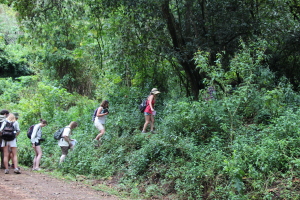 So, it’s that time of year again; as the cold, damp, dark, weather sets in we look to warmer climes for escape and entertainment. So; Take 26 people, from all walks of life, throw them together in a tropical paradise to camp with bugs, beasts and cold-water showers for 10 days and watch the dynamics and lessons unfold….
So, it’s that time of year again; as the cold, damp, dark, weather sets in we look to warmer climes for escape and entertainment. So; Take 26 people, from all walks of life, throw them together in a tropical paradise to camp with bugs, beasts and cold-water showers for 10 days and watch the dynamics and lessons unfold….
